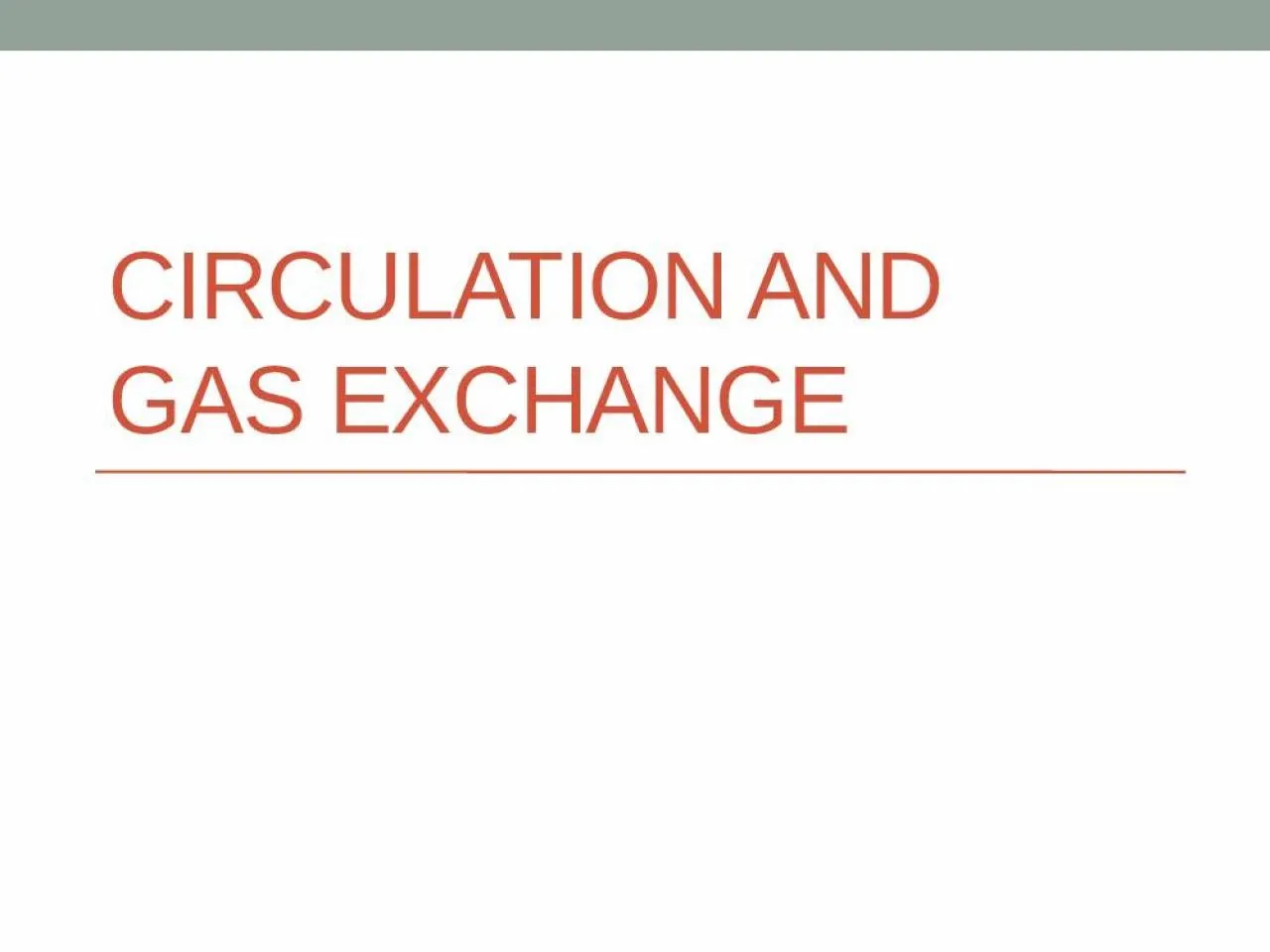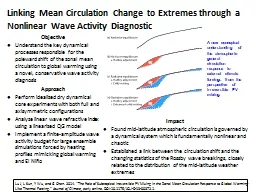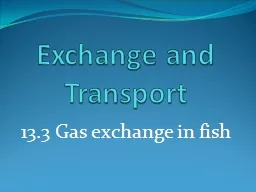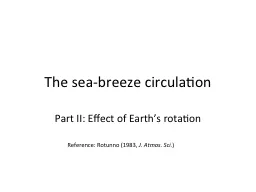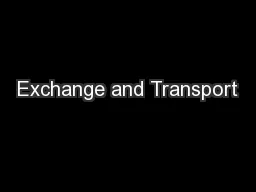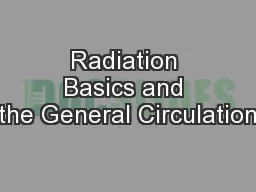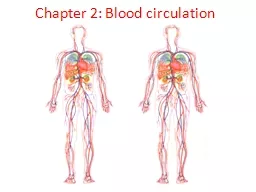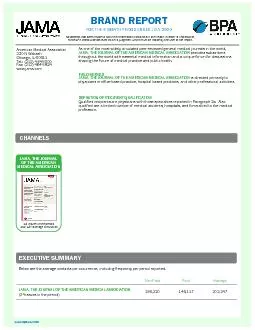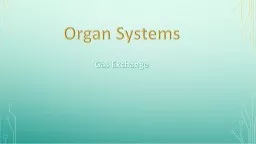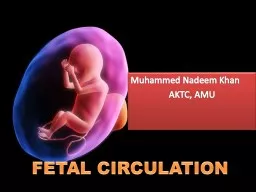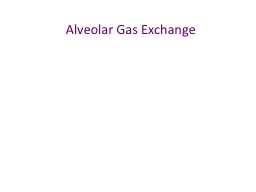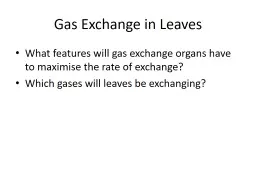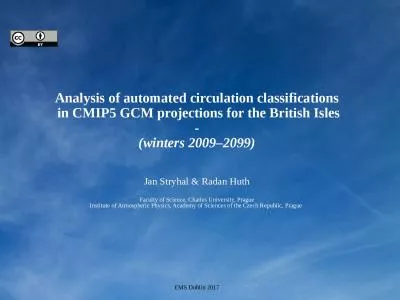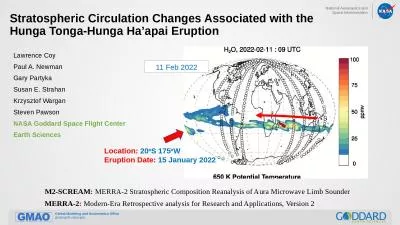PPT-Circulation and Gas exchange
Author : susan | Published Date : 2022-05-14
Types of circulatory systems Diffusion oxygen and carbon dioxide based on body shape and size Gastrovascular cavities distribution of substances throughout the
Presentation Embed Code
Download Presentation
Download Presentation The PPT/PDF document "Circulation and Gas exchange" is the property of its rightful owner. Permission is granted to download and print the materials on this website for personal, non-commercial use only, and to display it on your personal computer provided you do not modify the materials and that you retain all copyright notices contained in the materials. By downloading content from our website, you accept the terms of this agreement.
Circulation and Gas exchange: Transcript
Download Rules Of Document
"Circulation and Gas exchange"The content belongs to its owner. You may download and print it for personal use, without modification, and keep all copyright notices. By downloading, you agree to these terms.
Related Documents

